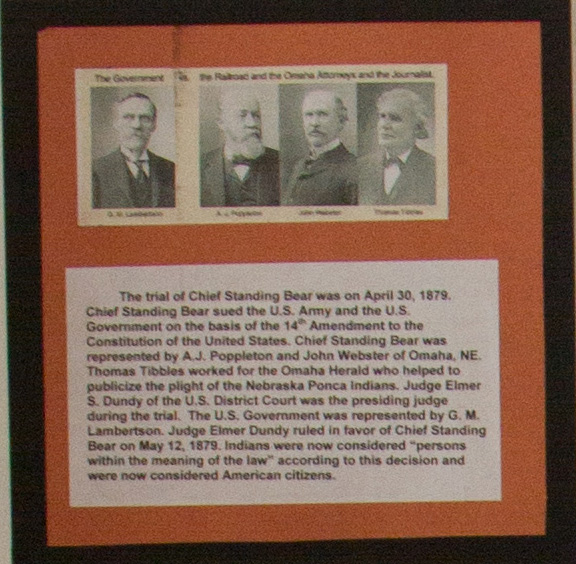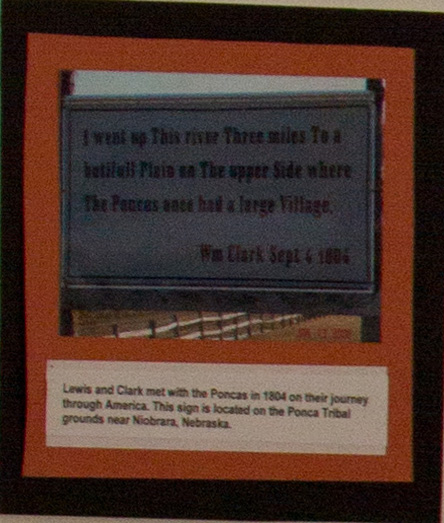




I went up This river Three miles To a butifull Plain on The upper Side where The Poncas once had a large Village.
Wil Clark
25 years ago the Ponca Tribe of Nebraska had a vision of Restoration. What follows is the narrative of the people that came together to make that vision a reality, and the milestones that helped shape the rich Ponca culture that we know today. Join us as together we explore this visual timeline of people, places and events.




I went up This river Three miles To a butifull Plain on The upper Side where The Poncas once had a large Village.
Wil Clark